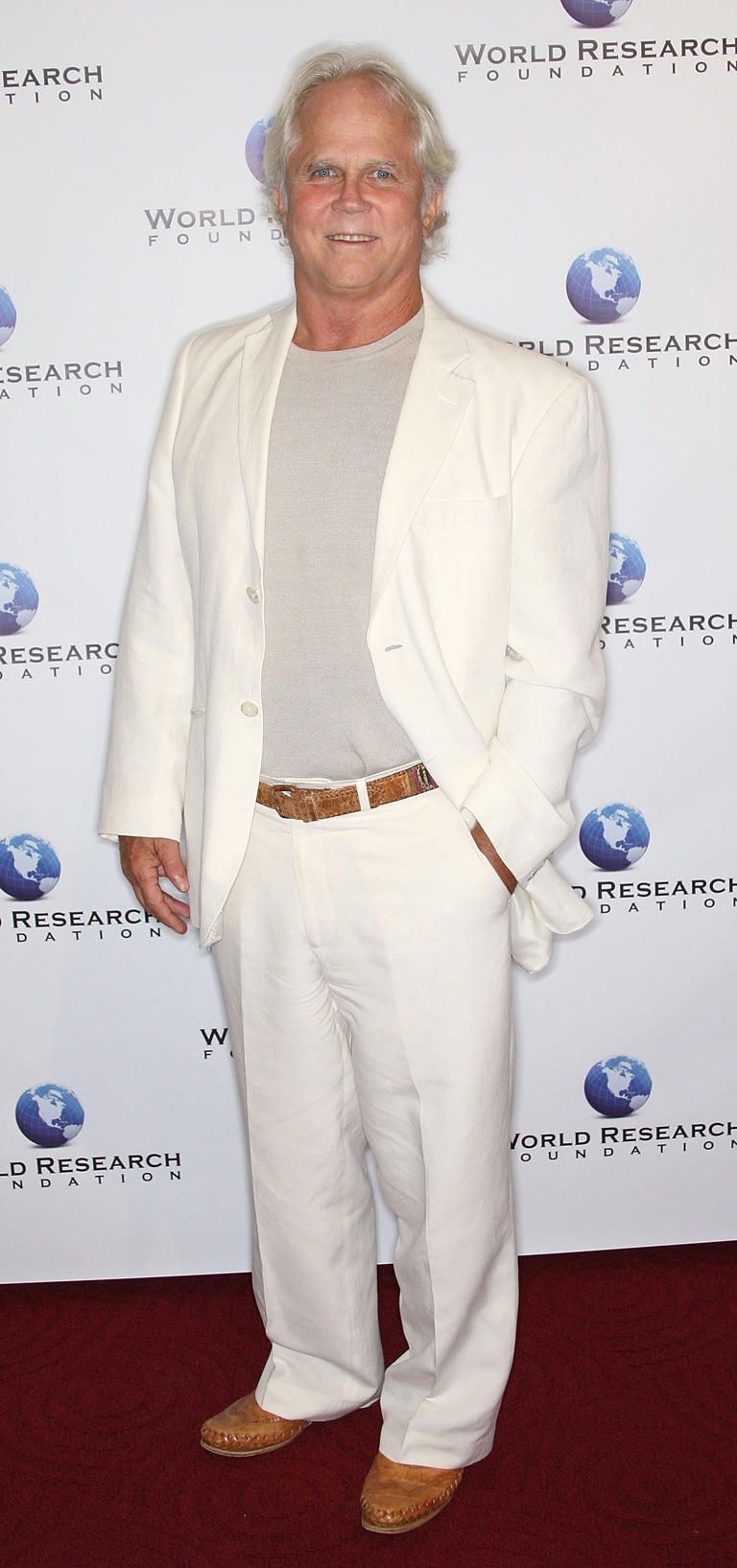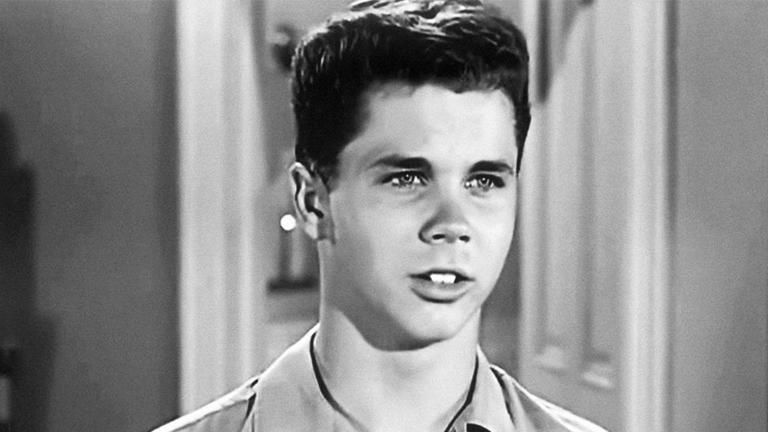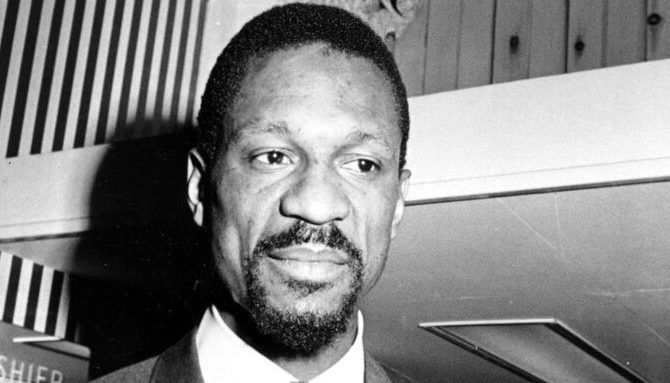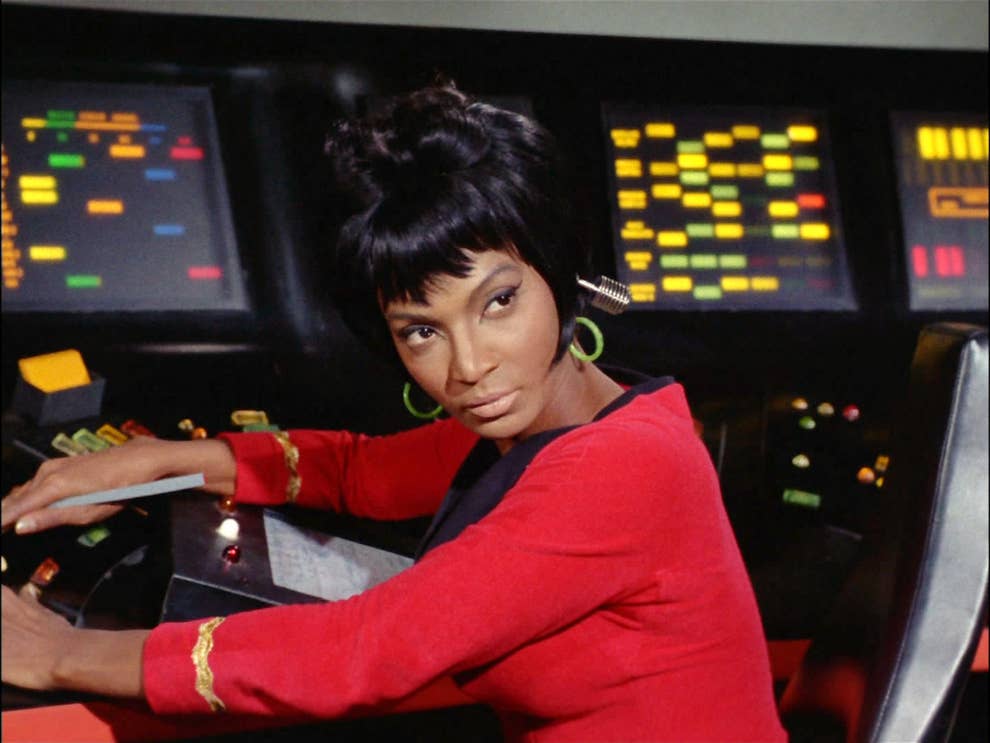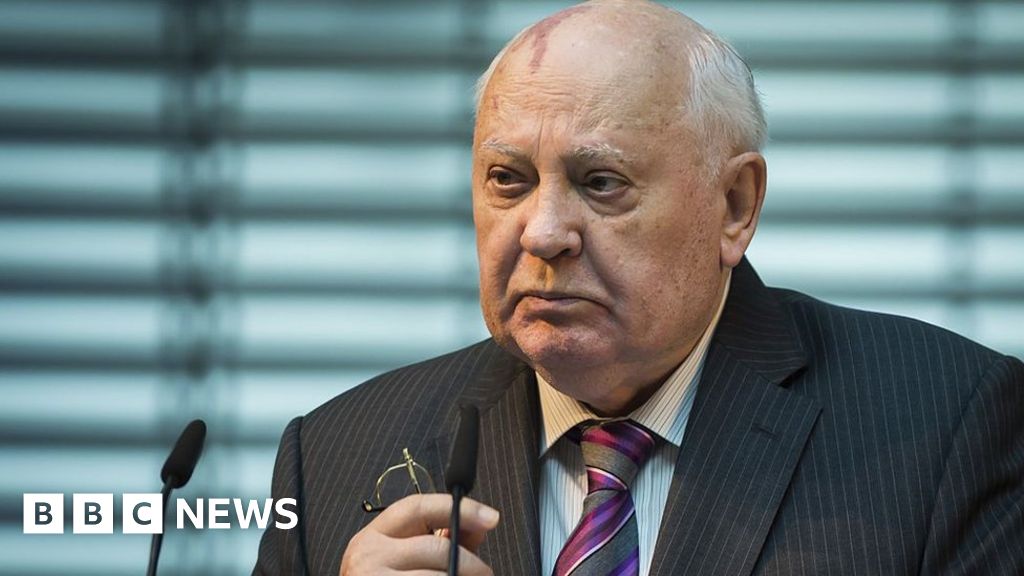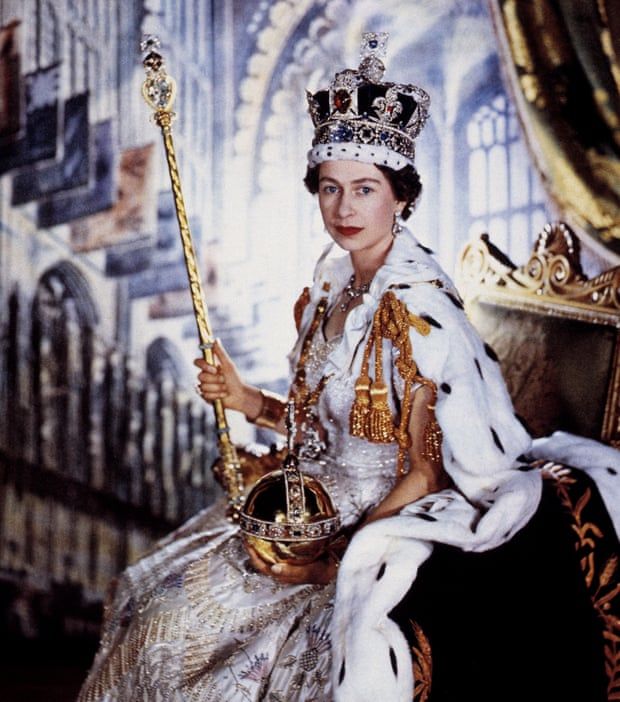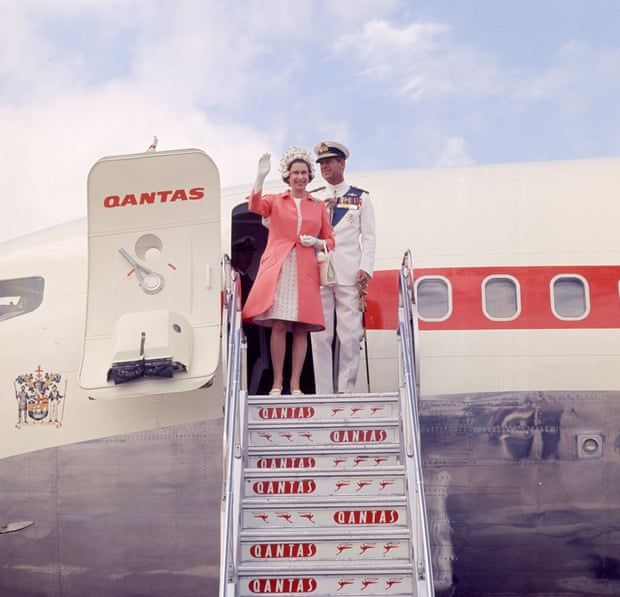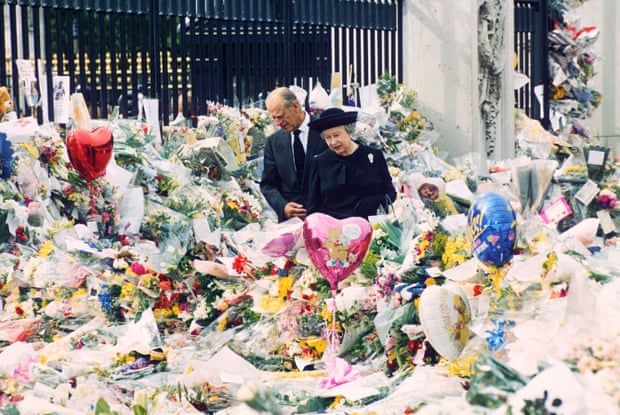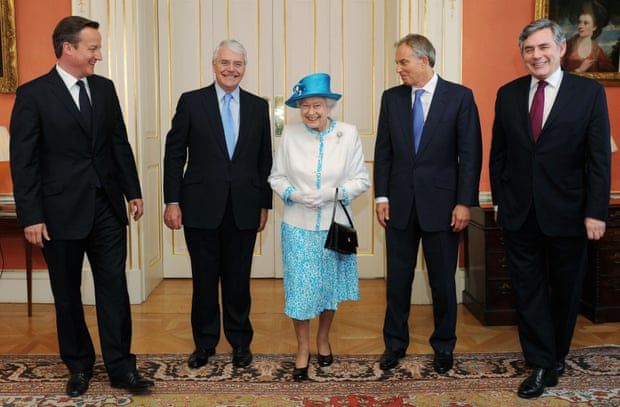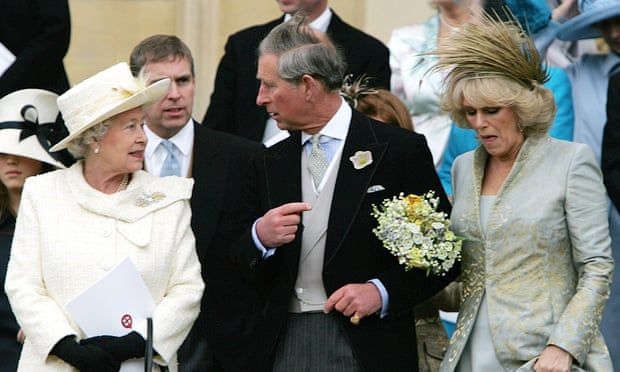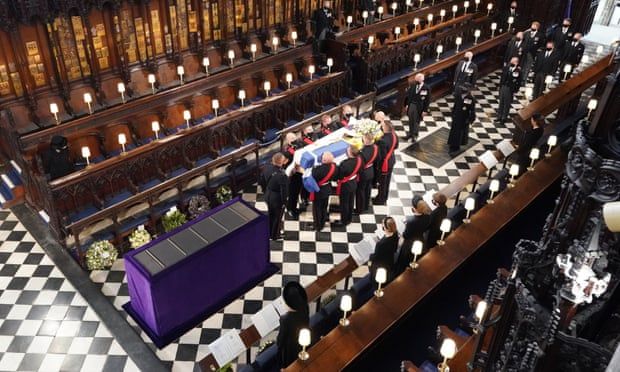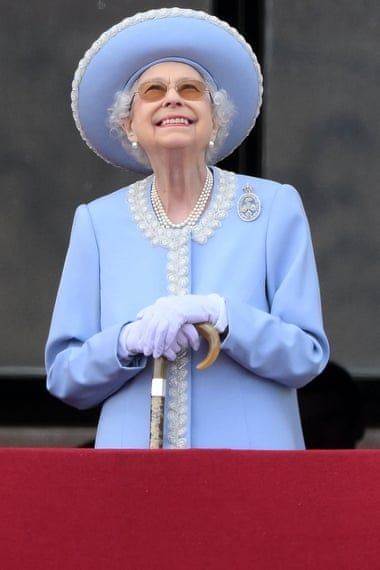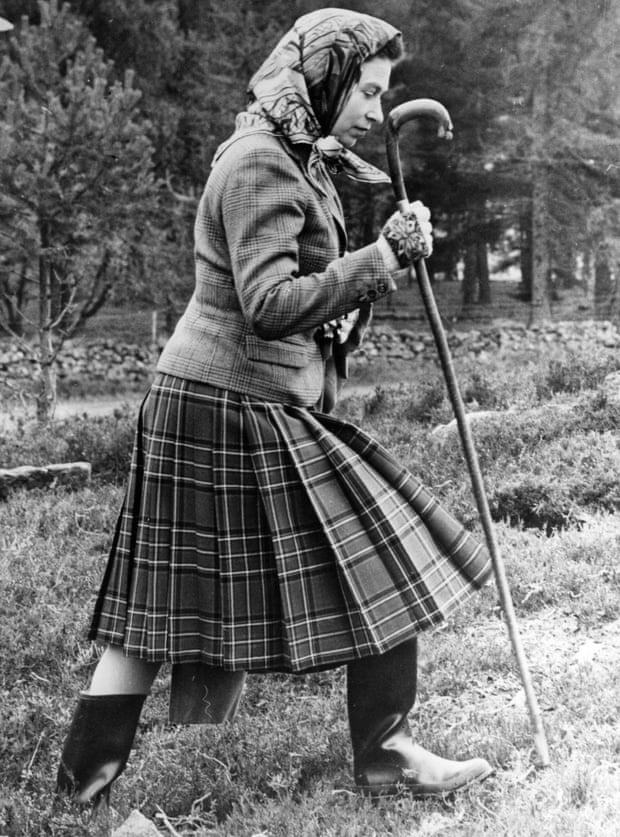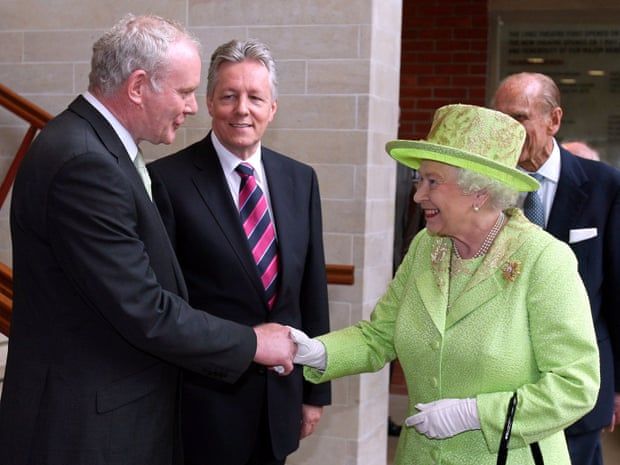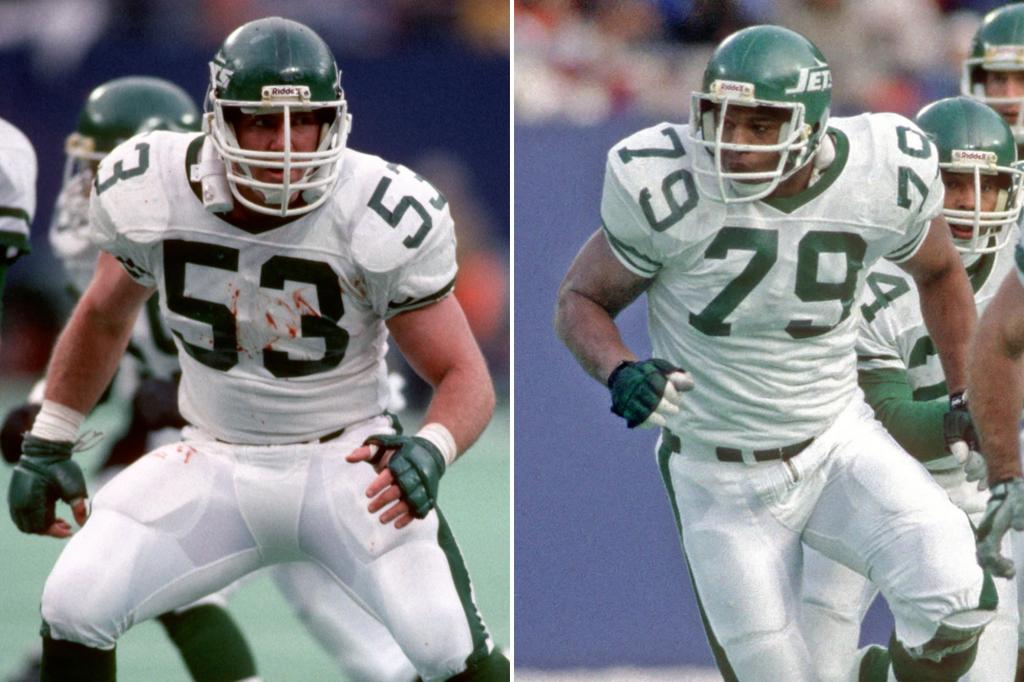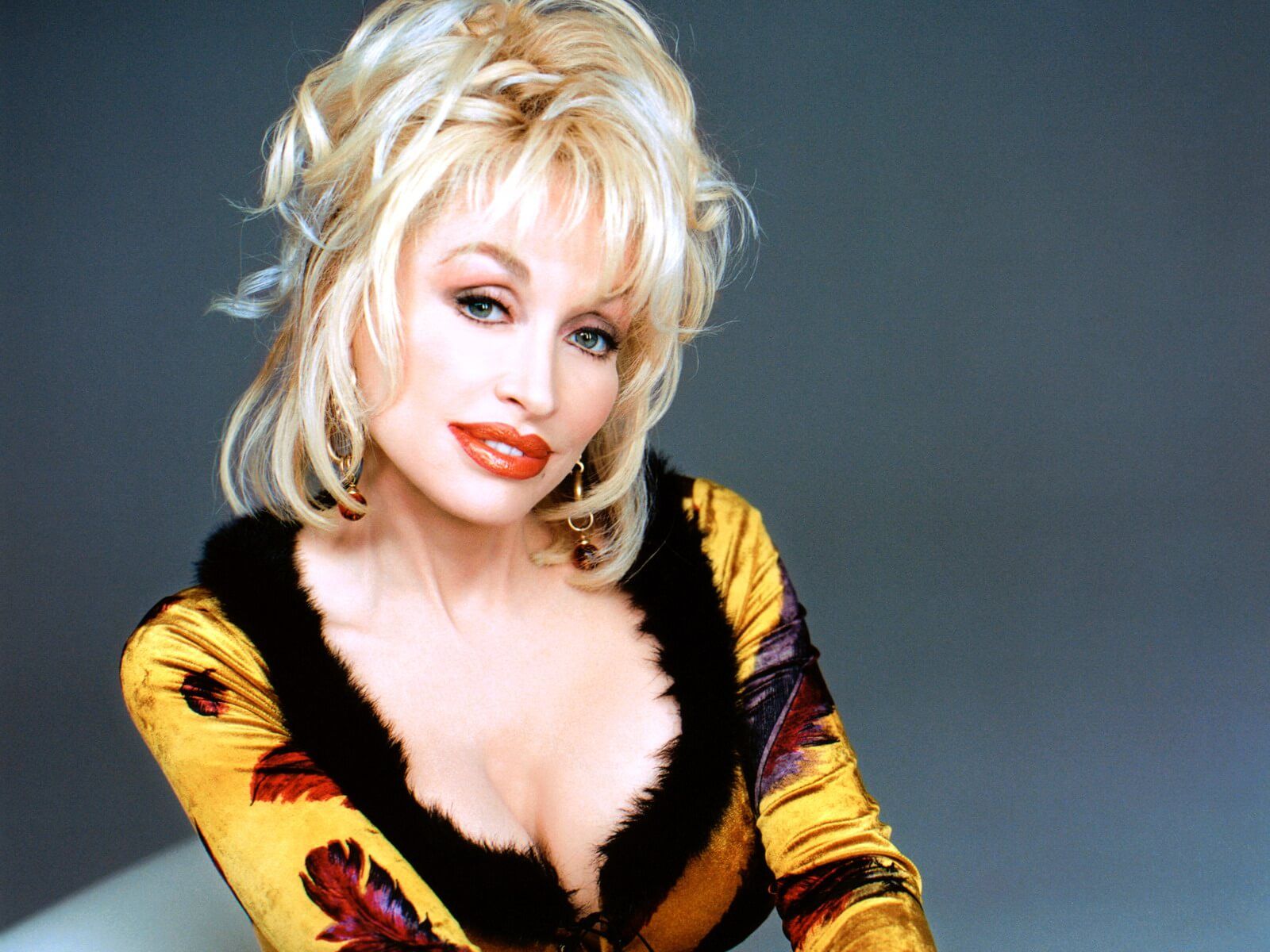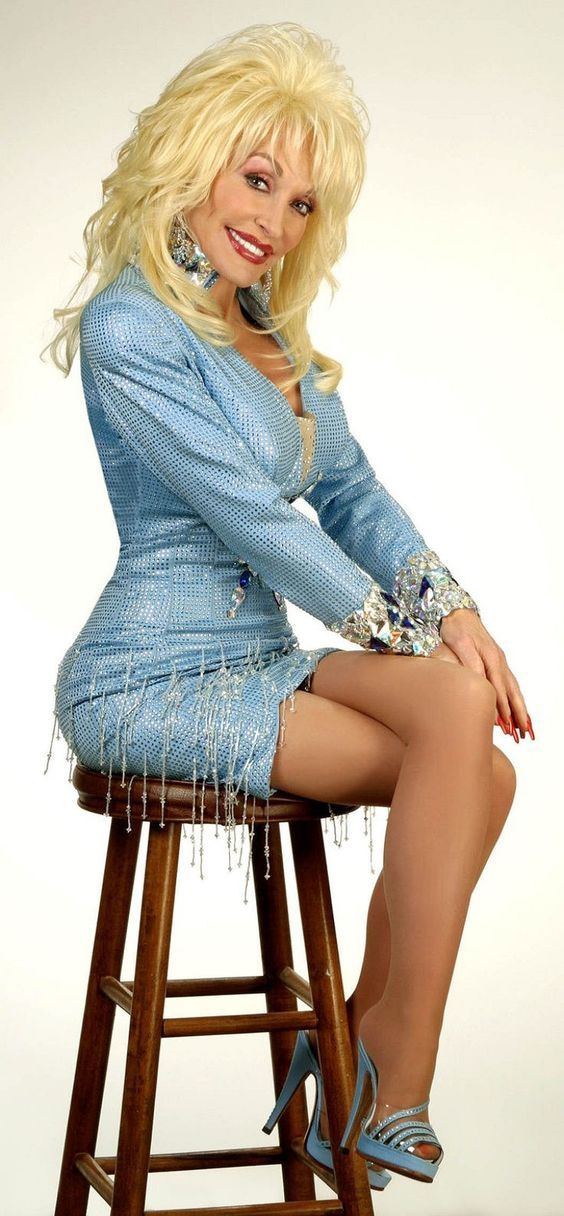Queen Elizabeth II, Britain’s longest-reigning monarch, dies aged 96
Buckingham Palace says monarch has died at Scottish residence of Balmoral Castle
Queen Elizabeth II in her robes on the occasion of her coronation in June 1953. Photograph: Cecil Beaton/Camera Press
Caroline Davies
Thu 8 Sep 2022 13.30 EDT
Queen Elizabeth II, the longest-reigning monarch in British history, has died at the age of 96.
Prince Charles, 73, heir to the throne since the age of three, is now king, and the Duchess of Cornwall is now Queen Consort.
In a statement, Buckingham Palace said: “The Queen died peacefully at Balmoral this afternoon. The King and the Queen Consort will remain at Balmoral this evening and will return to London tomorrow.”
Flags on landmark buildings in Britainwere being lowered to as a period of official mourning was announced.
As Queen of the UK and 14 other realms, and head of the 54-nation Commonwealth, Elizabeth II was easily the world’s most recognisable head of state during an extraordinarily long reign.
Queen Elizabeth II and Prince Philip arriving in Sydney, Australia, in June 1970 for the bicentenary celebrations of Captain Cook’s first landing in Australia. Photograph: Reginald Davis/Rex Features
Coming to the throne at the age of 25, she successfully steered the monarchy through decades of turbulent change, with her personal popularity providing ballast during the institution’s more difficult times.
At her side for most of it, the Duke of Edinburgh remained her
“strength and stay” during a marriage that withstood many strains imposed by her unique position.
Despite a family life lived under the often challenging glare of publicity, Elizabeth II remained a calm and steadfast figure, weathering the divorces of three of her children, and the crisis precipitated by the death of Diana, Princess of Wales in a car crash in Paris in 1997.
Prince Philip and Queen Elizabeth II look at the floral tributes left outside Buckingham Palace on the eve of the funeral of Diana in September 1997. Photograph: Rex/Shutterstock
There were undoubted low points, but the mass outpourings of affection on her silver, golden and diamond jubilees testified to the special place she held for millions. When there was criticism of the institution, it rarely translated into a personal attack on her.
Fifteen prime ministers served her, attesting to her deep knowledge, experience of world affairs and mastery of political neutrality. They stretched back to Sir Winston Churchill, who was still prime minister when she assumed the throne, with resolve and far earlier than she had expected, on the premature death of her father, George VI, in 1952.
Queen Elizabeth with, from left to right, the then prime minister, David Cameron, and former prime ministers Sir John Major, Tony Blair and Gordon Brown, before a diamond jubilee lunch at 10 Downing Street in July 2012. Photograph: Stefan Rousseau/Press Association Images
That resolve continued to sustain her. In her silver jubilee message in 1977, she said: “When I was 21, I pledged my life to the service of our people, and asked for God’s help to make that vow. Although that vow was made in my salad days, when I was green in judgment, I do not regret nor retract one word of it.”
Often portrayed as old-fashioned, during her reign many steps were taken to keep the monarchy up to date with rapid societal change. Out went debutante “coming out” presentations, in came garden parties, receptions, luncheons, almost weekly “away days” to provincial towns and regular walkabouts, allowing personal access on a vaster scale than ever before.
Out, too, went tax-free status on her private income, and that of the Prince of Wales, though she fought hard until she was convinced public opinion was firmly set against her. The
laws on succession were changed, with the abolition of primogeniture, allowing first-born daughters to accede over sons, and those in the line of succession being allowed to marry a Catholic, although not to be one.
Rarely did she publicly reveal private anguish. Her plea for a fair understanding towards the end of 1992 – her annus horribilis, a year rocked by royal scandal and a row over finances – was unprecedented.
A devout, churchgoing Christian, the Queen’s annual Christmas broadcast, which she scripted herself, revealed a woman of unshakable faith. She took her position as head of the Church of England seriously, even when it required her to sidestep
Charles’s civil marriage to Camilla Parker Bowles by absenting herself from the register office part of the ceremony. Nevertheless, it was a marriage, between two divorcees, that was unthinkable when she came to the throne, but one she ultimately embraced.
Charles speaks with his mother as he and his wife Camilla, Duchess of Cornwall they leave St George’s Chapel in Windsor. Photograph: Alastair Grant/AP
She was left bereft at the loss of her lifelong companion, Philip, who
died in his sleep at the age of 99 in April 2021 during the Covid pandemic. She
sat alone and bereaved in St George’s chapel, Windsor Castle, during the poignant funeral, hugely scaled down because of coronavirus restrictions. The royal couple, married for 73 years, had spent the last months of his life together in lockdown, shielding at Windsor Castle because of their vulnerability to the virus due to their advanced years.
Queen Elizabeth watching as pallbearers carry the coffin of the Duke of Edinburgh during his funeral at St George’s Chapel in Windsor Castle. Photograph: Dominic Lipinski/PA
The duke’s death came during one of the most turbulent times for the Queen and her family, when the
Duke and Duchess of Sussex quit as senior working royals and decamped to the US to seek freedom and the ability to earn their own money.
Harry and Meghan plunged the monarchy into crisis with a bombshell
interview with Oprah Winfrey in March 2021, while Philip was in hospital, in which they accused an unnamed member of the royal family of racism towards their son, Archie, before he was born, and the institution of failing to help the duchess.
In the aftermath of the interview, the Queen issued a carefully worded statement, saying that “while some recollections may vary”, the issues raised would be
taken “very seriously” but dealt with privately as a family.
At the same time, the Duke of York was in a storm that also threatened the institution. Forced to
step back from public duties in November 2019 after a disastrous
television interview over his friendship with the convicted sex offender Jeffrey Epstein, he was under mounting pressure to answer FBI questions over Epstein.
Andrew faced allegations from Virginia Roberts Giuffre, which he strenuously denied, that he had had sex with her when she was 17 and had been trafficked by Epstein. As his friend Ghislaine Maxwell was convicted at trial in the US over charges she recruited girls for Epstein, Giuffre filed a civil suit against the duke seeking unspecified damages at a federal court in New York.
The civil lawsuit was
settled out of court in February 2022, with the duke paying an undisclosed sum.
To cap this turbulent time for the monarchy, the Queen then contracted Covid, suffering mild cold-like symptoms, shortly before she marked her platinum jubilee.
Queen Elizabeth watches a flypast from Buckingham Palace balcony following the Queen’s birthday parade, the trooping the colour, as part of platinum jubilee celebrations. Photograph: Daniel Leal/AFP/Getty Images
As age gradually caught up with her, and she had mobility issues, she was seen less often at public events. In April 2022 she did not attend the state opening of parliament, instead issuing letters patent, authorising the Prince of Wales and Duke of Cambridge, as counsellors of state, to deputise for her. It was only the third time in her reign that she had missed a state opening, the other two being when she was pregnant in 1959 and 1963.
The mobility issues meant the Queen remained in Balmoral in September 2022 rather than return to Buckingham Palace for an audience with the new prime minister. The outgoing prime minister, Boris Johnson, and his successor, Liz Truss, travelled to Scotland instead.
Princess Elizabeth Alexandra Mary was born on 21 April 1926 at her maternal grandparents’ home at 17 Bruton Street, in London’s Mayfair district, and was not expected to accede to the throne. But at the age of 10, the abdication of her uncle, Edward VIII, over his love for the American divorcee Wallis Simpson, and her father’s rushed coronation as substitute king, changed the path her aristocratic life could have been expected to take.
The world witnessed her transformation from shy princess to young Queen, attracting the same global fascination as Diana, Princess of Wales would 30 years later. Even in middle and later years, she retained photogenic regal glamour.
But she seemed most content in a thick jacket and headscarf, walking her corgis or tramping Balmoral’s highland moors. “You can go for miles and never see anybody; you can walk or ride, it has endless possibilities,” she once said.
Elizabeth II walking cross country at the North of Scotland Gun Dog Association open stake retriever trials in the grounds of Balmoral Castle, 1967. Photograph: Central Press/Getty Images
Watching her thoroughbreds pass the post was another great pleasure, and her love of horse racing once subconsciously manifested itself during the 2003 state opening of parliament when she announced details of a national hunt service bill, rather than “health service”.
The image of a queen who kept cereal in plastic boxes and fed toast to her corgis while a gruff Philip breakfasted next to her listening to a battered old transistor radio, did much to endear. So, too, did the two-bar electric fire she used in 2013 and beyond to heat her palace audience room, and “revelations” that her favourite TV programmes included Last of the Summer Wine and The Bill.
When required to subject herself to popular culture, such as a pop concert, she would oblige, with earplugs in place. Her parachuting stunt – when a body-double landed in the middle of the London Olympics opening ceremony – illustrated well that she did often get it.
Illnesses were rare as she enjoyed robust health. At 85, she was still carrying out 325 engagements a year. Long-haul travel was only curtailed when she reached 87, and Philip 92.
She was the most widely travelled of any world head of state. Coming to the throne as the empire collapsed and with Britain’s status as a world power diminishing, she believed the flourishing of the Commonwealth to be among her greatest achievements. She visited every Commonwealth country bar Cameroon, which joined in 1995, and Rwanda (2009). She visited Canada more than 20 times, Australia 16, New Zealand 10 and Jamaica six.
In 2011, Elizabeth became the first British monarch in a century to visit the Republic of Ireland. The following year, she
shook hands in Belfast with the Sinn Féin politician Martin McGuinness, putting aside the personal tragedy of the IRA assassination of “Uncle Dickie”, Lord Mountbatten, her distant cousin and Philip’s uncle.
Elizabeth shakes hands with the Northern Ireland deputy first minister, Martin McGuinness, watched by the first minister, Peter Robinson, at the Lyric theatre in Belfast in 2012. Photograph: Paul Faith/AFP/Getty Images
In 2002, her golden jubilee, her sister, Margaret, and mother, Queen Elizabeth, died within eight weeks of each other. Her relationship to both had been close, as they were among the few individuals in whom she could confide the pressures and frustrations of her position.
As many nations today mourn a queen, one family is mourning a mother of four, a grandmother of eight, and a great-grandmother of 12.
